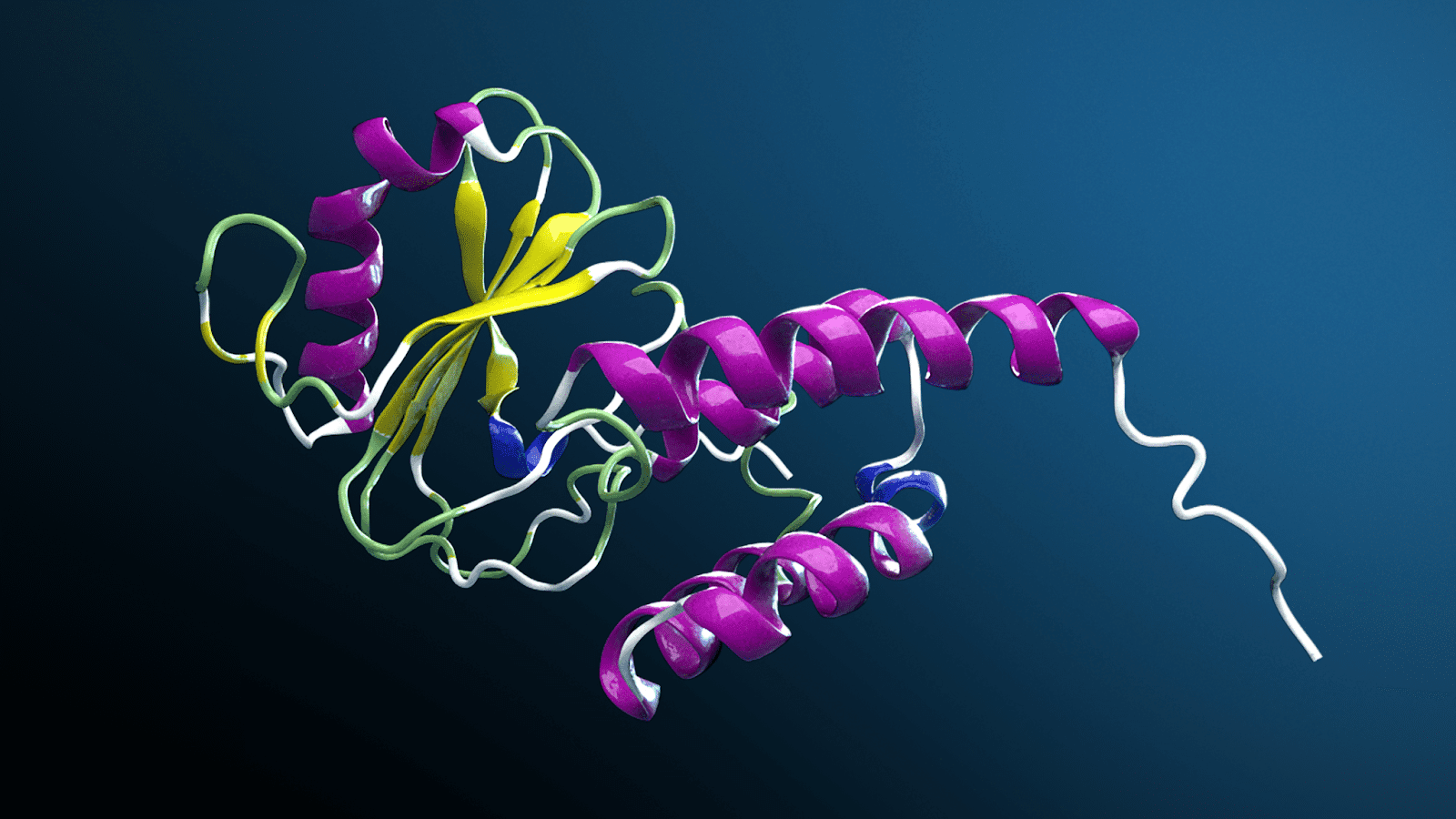Here’s the translation to American English:
NVIDIA has announced the widespread adoption of its open framework NVIDIA BioNeMo™ Framework by global leaders in the biopharmaceutical industry, biotechnology researchers, and artificial intelligence (AI) scientists. This platform aims to revolutionize drug discovery and accelerate molecular design using advanced biomolecular models and supercomputing tools.
An Open Framework for Unprecedented Biomolecular Advancements
The BioNeMo Framework provides researchers with a suite of accelerated computing tools designed to exponentially scale AI models applied to biomolecular research. This approach enables the pharmaceutical industry to explore complex biological systems more quickly and efficiently, significantly reducing time and costs in the development of innovative treatments.
Kimberly Powell, Vice President of Health at NVIDIA, emphasized: “The convergence of AI, accelerated computing, and expanding data provides unprecedented opportunities for the pharmaceutical industry. With BioNeMo, researchers around the world will be able to accelerate the development of life-saving treatments.”
Among the organizations contributing to the framework are leading institutions such as Argonne National Laboratory, Genentech (a member of the Roche group), Ginkgo Bioworks, and startups like Dyno Therapeutics and VantAI. These collaborations are driving innovations in the field of computational science applied to biology.
Key Innovations of BioNeMo
The BioNeMo ecosystem includes tools and services designed to optimize every stage of drug and molecule design:
- NVIDIA NIM™: Optimized microservices for secure, scalable AI inference that can be deployed on-premises, in data centers, or in the cloud. These microservices reduce the time required to obtain research results in drug discovery.
- NVIDIA BioNeMo Blueprints: Custom reference designs for combined wet lab and computational workflows, facilitating AI adoption in enterprise environments.
- Acceleration libraries such as cuEquivariance, which significantly enhance the mathematical calculations essential for advanced chemical predictions, like those performed by the DiffDock model.
Leading Models for Biomolecular Predictions
The BioNeMo Framework integrates microservices that support advanced biomolecular models, such as:
- AlphaFold2: Enables the prediction of protein structures with a 5x acceleration in real-time.
- DiffDock 2.0: Improves accuracy by 16% and accelerates molecular orientation prediction by 6.2 times, based on research from MIT.
- RFdiffusion and ProteinMPNN: Facilitate the design of new proteins for specific interactions, speeding up the creation of protein therapies.
These tools, combined with the power of accelerated computing, are transforming traditional processes in drug discovery and design.
Global Collaborations for Scalability
Over 200 companies, including large pharmaceutical companies and startups, are already integrating BioNeMo into their computer-aided drug discovery platforms. Additionally, tech giants like AWS, Deloitte, and Accenture are collaborating with NVIDIA to bring BioNeMo Blueprints to enterprise scale, promoting their global adoption.
The Impact on Biomolecular Research
Arvind Ramanathan, leader of the computational science group at Argonne National Laboratory, stated: “With BioNeMo, the biotech community has a business solution that simplifies training large-scale biological models, even in laboratories without advanced computational expertise.”
The framework has also been crucial in accelerating research related to small molecule design, helping to reduce costs and time in research and development stages.
The Future of Digital Biology
With the launch of BioNeMo, NVIDIA solidifies its position as a leader in AI technologies applied to digital biology, bridging computational science and biomolecular research. This initiative promises to transform the way new treatments are discovered and developed, marking a turning point in the global biopharmaceutical industry.
via Nvidia

